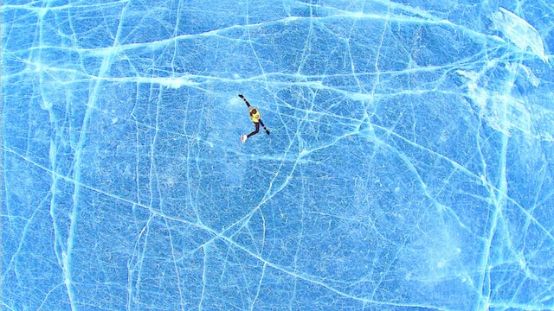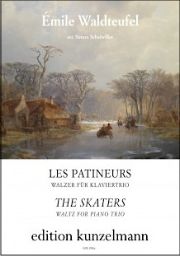Famous waltz
This arrangement by Simon Scheiwiller offers a lively task for piano trio that should not be underestimated.

The waltzes by Ėmile Waldteufel (1837-1915) are among the most beautiful dance music repertoire and are in no way inferior to those of the Viennese Strauss dynasty. On the contrary: it is fascinating to trace the difference between the two styles. This is not easy to define, because the clichés, such as Parisian here and Viennese there, do not apply at all.
Ėmile Waldteufel-Lévy came from a Jewish family of musicians from Strasbourg, who moved to Paris after his birth, where Ėmile studied music and soon became a successful ball orchestra conductor and composer. His waltz Manolo inspired the then Prince of Wales and later King Edward VII so much that he became his patron and helped the composer to great fame in Great Britain.
Several waltz cycles by Ėmile Waldteufel can be found in the Zentralbibliothek Zürich as sheet music (now out of print), mostly in the form of arrangements for salon orchestra by Henry-Litollf's-Verlag in Braunschweig. This arrangement of the famous Patineurs for violin, violoncello and piano by horn player, conductor and arranger Simon Scheiwiller from Siebnen SZ is slimmer in comparison: the piano part is less full-bodied, the three instruments alternate in the main part and emphasize the musical elementary forms in attractive sound mixtures. Scheiwiller's trio movement is easy to play for all three instruments from upper intermediate level upwards, but be careful: Waltzes are never easy to play! The devil is in the detail when it comes to getting the Viennese-Parisian noblesse and elegance across the ramp.
Ėmile Waldteufel: Les Patineurs (The Skaters), arrangement for piano trio by Simon Scheiwiller, GM-1926c, Fr. 21.50, Edition Kunzelmann, Adliswil
Also available for other instrumentations








